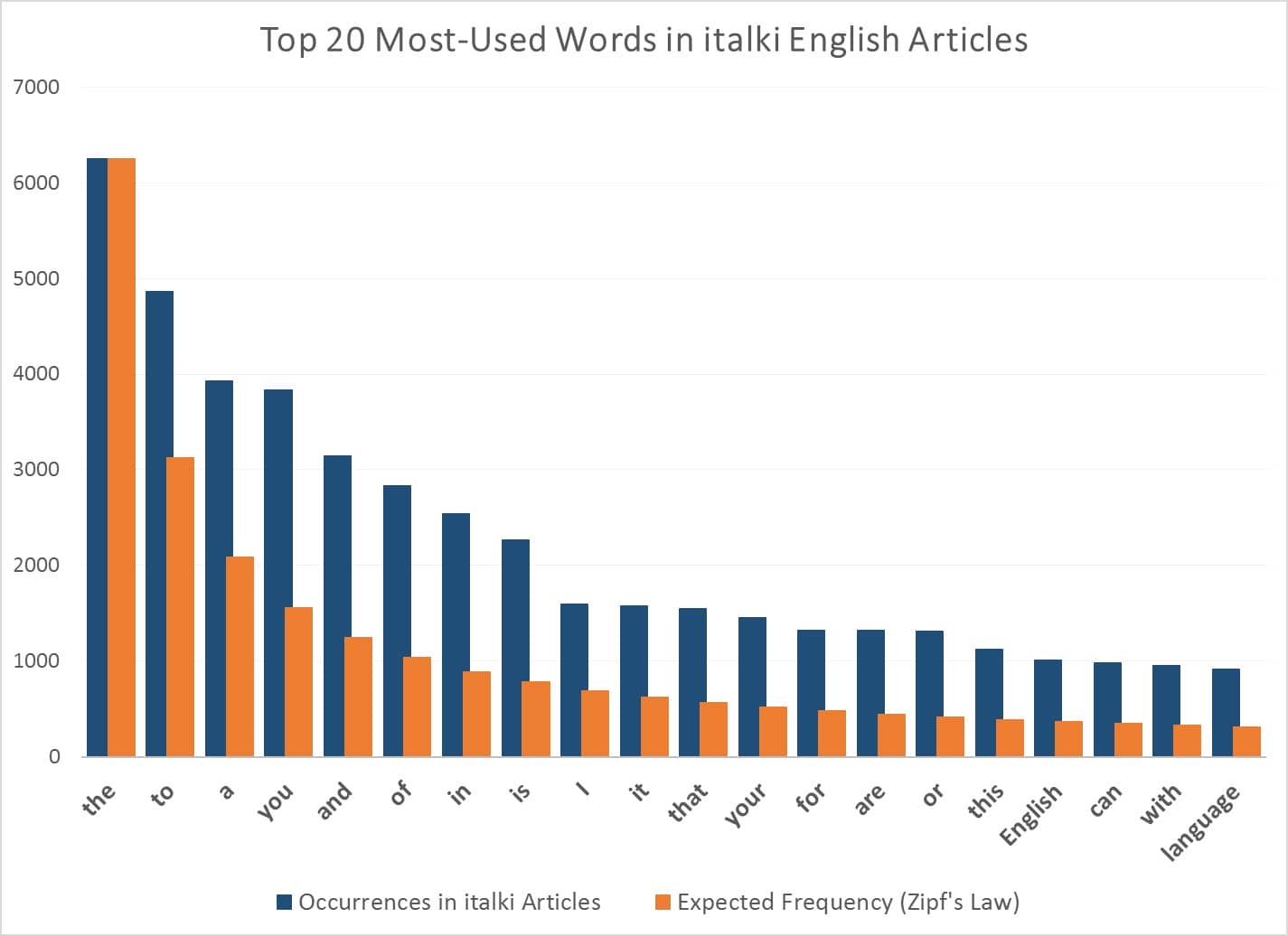
What is Zipf Law?
Many things may have perplexed you, but Zipf's law is a step farther. According to this law, the frequency of each word in any text is inversely related to its rank in the frequency table. As a result, the frequency of the most frequently appearing word will be twice that of the second most frequently occurring word.
The terms the, and, of, to, be, a, in, I, and that ,appear frequently in any English text. There are many additional words in the text that do not appear as frequently. The curve of Zipf's law can be shown by connecting all of these in the frequency table. According to an interesting Oxford study, these words account for 25% of all text.
The word 'the' is the most frequently used word in our language, accounting for over 6% of all words. On the second rung of the frequency scale, we have 'of,' which accounts for precisely 3% of all we say. The relationship persists, and the term that ranks third in the frequency table accounts for around 1.5 percent of our speech.
The Zipf's rule forecasts not only the recurrence of words in a text or a conversation, but also other factors such as the rate at which megacities increase in population. Animals, nations, planets, mountains, and even the sugar content of varied cookies are all covered by the law.
